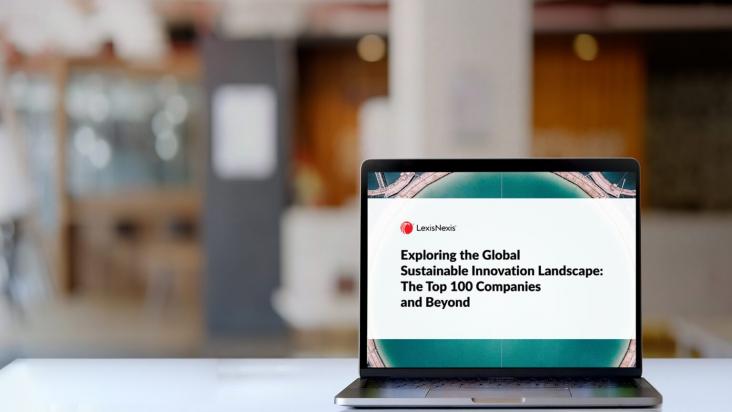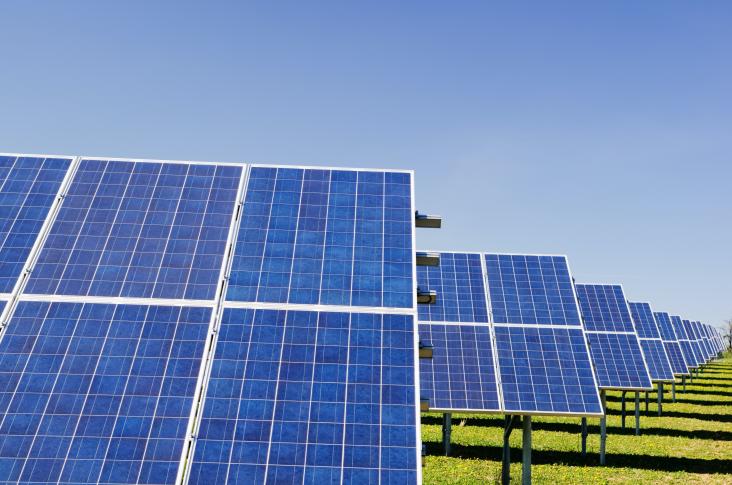
In a first-of-its-kind report, learn which companies are the world’s leading patent owners with the potential to drive transformative innovation toward the United Nations Sustainable Development Goals (SDGs).

Recognising our customers' exceptional work to achieve the United Nations' Sustainable Development Goals
Heavy duty freight transportation is a key part of global transportation, but is a large contributor to growing CO2 emissions. Here the authors design an on-board system for heavy duty vehicles to capture CO2 as it is released. This supports SDGs 7 (reducing CO2 emissions toward clean energy), 9 (modifications to existing vehicles to mitigate carbon emissions) and 13 (reducing emissions that contribute to climate change).
Intellectual Property (IP) refers to anything that originates in the human mind, including theories, conceptions, discoveries, anecdotes, works of literature. World Intellectual Property Day 2024 is highlighting the critical importance of intellectual property (IP) in catalyzing the human innovation and creativity needed for achievement of the United Nations Sustainable Development Goals (SDGs). This paper discusses the existing IP rights and breakthroughs in the field of IPP research; provides discussions on hardware IP and software IP attacks and defense techniques; summarizes different applications of IP protection; and identifies the challenges and future research prospects in hardware and software IP security.
“From electric vehicles to lifesaving drugs, clean and green tech, to AI and digital technologies – IP can be the vehicle to turn bold new ideas into real world impact” said World Intellectual Property Organisation (WIPO) Director General Daren Tang in a video address to mark World IP Day 2024. This paper proposes a responsible intellectual property (IP) strategy (R-IPS) framework based on five exploratory case studies of sustainable companies in energy, nutrition, consumer electronics, manufacturing and water treatment sectors. These companies responsibly use IP assets to create positive social and environmental impact (or reduce negative impact), and unlock new opportunities for financial (economic) gains.
World Intellectual Property Day 2024 is highlighting the critical importance of intellectual property (IP) in catalyzing the human innovation and creativity needed for achievement of the United Nations Sustainable Development Goals (SDGs). This paper integrates innovation research with intellectual property law to explore how such a systemic collaboration for sustainable innovation should be characterised, and how the intellectual property rights (IPR) system could be shaped to support it. The paper highlights that reaching sustainability objectives depends on system-level innovations; system-level innovation for sustainability calls for new forms of collaboration; current IPR regime limits systemic collaborations for sustainable innovations and new IPR system and tools are needed to facilitate systemic collaboration.
Elsevier,
The Young Athlete: A Practitioner's Guide to Providing Comprehensive Sports Medicine Care, 2023, pp 561-565
This content aligns with Goal 3: Good Health and Goal 9: Industry, Innovation and Infrastructure by discussing the mental health of young athletes and exploring innovations in mental health treatment using resilience and mindfulness tactics.
Elsevier,
Accelerating Strategic Changes for Digital Transformation in the Healthcare Industry: Information Technologies in Healthcare Industry, 2023, pp 323-362
This content aligns with Goal 3: Good Health and Well-being, Goal 5: Gender Equality, and Goal 9: Industry, Innovation, and Infrastructure by discussing the digitial health transformation opportunities enabled by Covid-19, as well as the associated issues that must be considered.
This article This Article supports SDGs 9, 11 and 13 by looking at the case of FuelEU maritime as an example of policy change for decarbonisation of international maritime transport.
This Article supports SDGs 9 and 13 by looking at how carbon emissions can be mitigated by way of public procurement with environmental conditions
